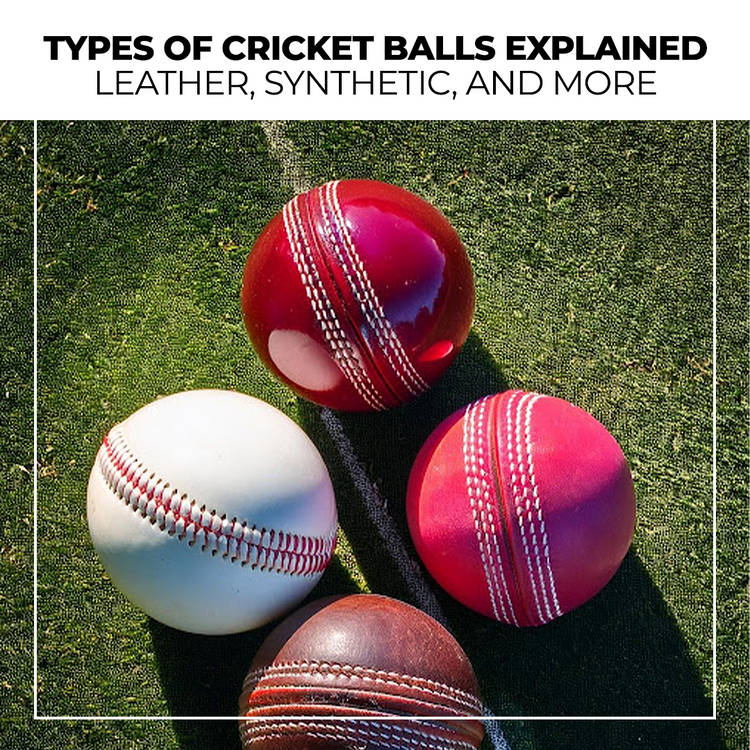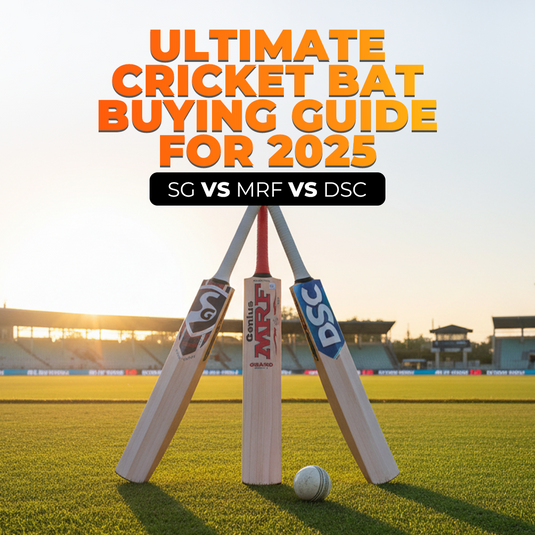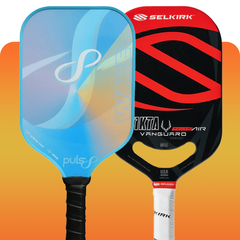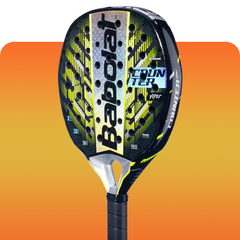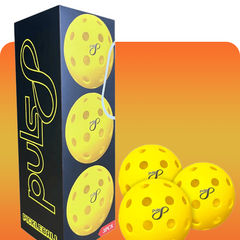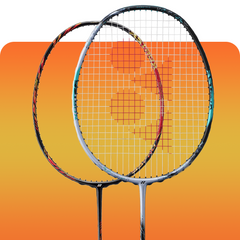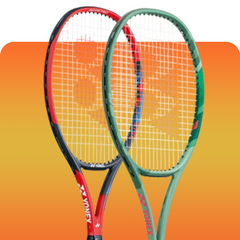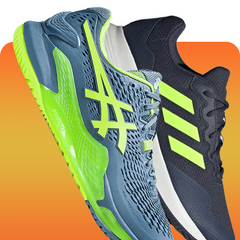Cricket balls come in various types, each designed for different formats and playing conditions. Whether you're a professional cricketer or a beginner, understanding the different types of cricket balls can enhance your game. This guide covers the primary types of cricket balls, their uses, and the differences between them.
Types of Cricket Balls
1. Leather Cricket Ball
Leather cricket balls are the most commonly used in professional cricket. They are made from cork, wrapped with tightly wound string, and covered with high-quality leather. These balls are further categorized based on their color:
-
Red Ball Cricket: Used in Test matches and first-class cricket, red balls are known for their durability and swing, especially in longer formats.
-
White Ball Cricket: Used in limited-overs formats like One-Day Internationals (ODIs) and T20 matches, white balls have a polyurethane coating, making them more visible under floodlights.
-
Pink Ball: Introduced for day-night Test matches, pink balls offer better visibility in low-light conditions and provide a balance between red and white balls.
2. Synthetic Cricket Ball
Synthetic cricket balls are designed for practice sessions and recreational play. They are made of durable plastic or rubber and are lighter than leather balls. These balls are ideal for beginners, indoor cricket, and tennis ball cricket.
3. Tennis Cricket Ball
Tennis balls, often covered with extra tape (also known as tape balls), are widely used in street cricket and casual games. They are softer and lighter than traditional cricket balls, reducing the risk of injury.
4. Rubber Cricket Ball
Rubber balls are commonly used for training and practice. They mimic the bounce of a leather ball but are softer, making them suitable for beginners and young players.
5. Cork Cricket Ball
Cork balls are primarily used in school-level cricket and informal matches. They are lightweight and provide a feel similar to a leather ball but at a lower cost.
Which Ball is Used in Cricket?
The type of ball used in a cricket match depends on the format:
-
Test Cricket: Red ball
-
ODIs and T20s: White ball
-
Day-Night Tests: Pink ball
Conclusion
Understanding the different types of cricket balls and their specific uses can help players choose the right ball for their game. Whether you are playing a Test match with a red ball, a limited-overs game with a white ball, or a casual match with a synthetic ball, each type offers unique characteristics that impact gameplay.

